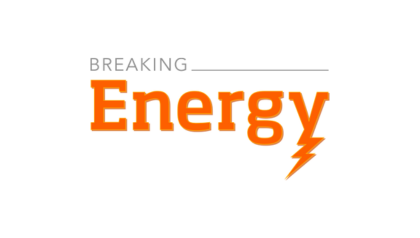The U.S. solar industry celebrates its 40th anniversary this Friday, and there is a lot to celebrate. Costs are at an all-time low, and solar is now competitive with traditional electricity generation sources in over half of the world’s markets. We are transitioning from the hobbyist phase of Solar 1.0 into the true commercialization phase of Solar 2.0.
What will change and what will remain the same over the next 40 years? Taking any 40 year forecast with not a grain but a ton of salt, here are a few fearless projections.
The Terawatt Era
Whereas the past 4 years saw an incredible halving of cost seven times, this will not continue. There may only be one halving left to achieve. The action will be in deployment, and it will be phenomenal. The next 40 years should see seven doublings of in-place capacity. In Solar 1.0, the megawatt-era has given way to today’s gigawatt-era. In the next 40 years the gigawatt-era will give way to the terawatt-era. By 2054 we should see over 17 terawatts of solar capacity in place around the world, which would equate to more than 10% of global energy demand at that point. At an average installed cost of $1/watt (which we will have passed by then), this represents a $17 trillion opportunity.
Innovation
While many things will change in the next 40 years, one thing won’t – the need to innovate. Based on 30 years watching the maturation of the semiconductor industry (which closely resembles the solar industry), continued innovation was the key to this technology permeating our lives, just as it will be with solar. But, the innovation focus will need to shift. Gone are the days of solar’s fixation on efficiency and all the “weird science” ways to increase it. The focus needs to move to the manufacturing floor and how to scale to the terawatt level at the lowest capital cost. The trillions to be invested in solar capacity is an exciting business opportunity but is also an inhibitor to growth. Innovation is needed to accomplish the one more halving of costs required, but more importantly to reduce the capital intensity by 2-4 times in order to remove this inhibitor to growth.
On the performance side, the market will continue to bifurcate based on efficiency, but the future low-end efficiency will match today’s higher end; we will see 20% panels but at a cost of less than $0.30/watt. On the high end side we will see light weight, flexible, wearable panels at 28% efficiency, but they will maintain or even increase the cost penalty we see today, being more than three times the cost or over $1.00/watt.
Lighting Up One Billion
The most exciting change brought about by solar technology, though, will be neither the amount of terawatts produced nor the trillions in business opportunity availability, but the impact on our global society.
Over the next 40 years solar will truly democratize energy. The trend to distributed generation will continue. Just like cell phones made wired infrastructure obsolete and opened communication to everyone everywhere, solar will allow people to bypass the grid and make energy available to everyone everywhere. This has far-reaching social consequences. Energy is a basic necessity for economic development (job creation), education (remote learning), health care (refrigeration for vaccines), and general quality of life (light, heat, communication and entertainment). Over one billion people in the world today do not have access to electricity, and solar is the only energy source able to change that. Through empowering people to solve their own issues, solar will end up being a major contributor to the elimination of poverty.
And of course let’s not forget the environmental impact. Although wind and other sources of clean energy are needed in an “all of the above solution”, the deployment of terawatts of solar energy will be the major contributor to minimizing human impact on climate change and pollution.
Solar will have a profound effect on this world. It is already today becoming the renewable energy of choice globally. Over the next 40 years we will see solar become the energy of choice. Period.
Brad Mattson is the CEO of Siva Power, a solar panel manufacturer.


